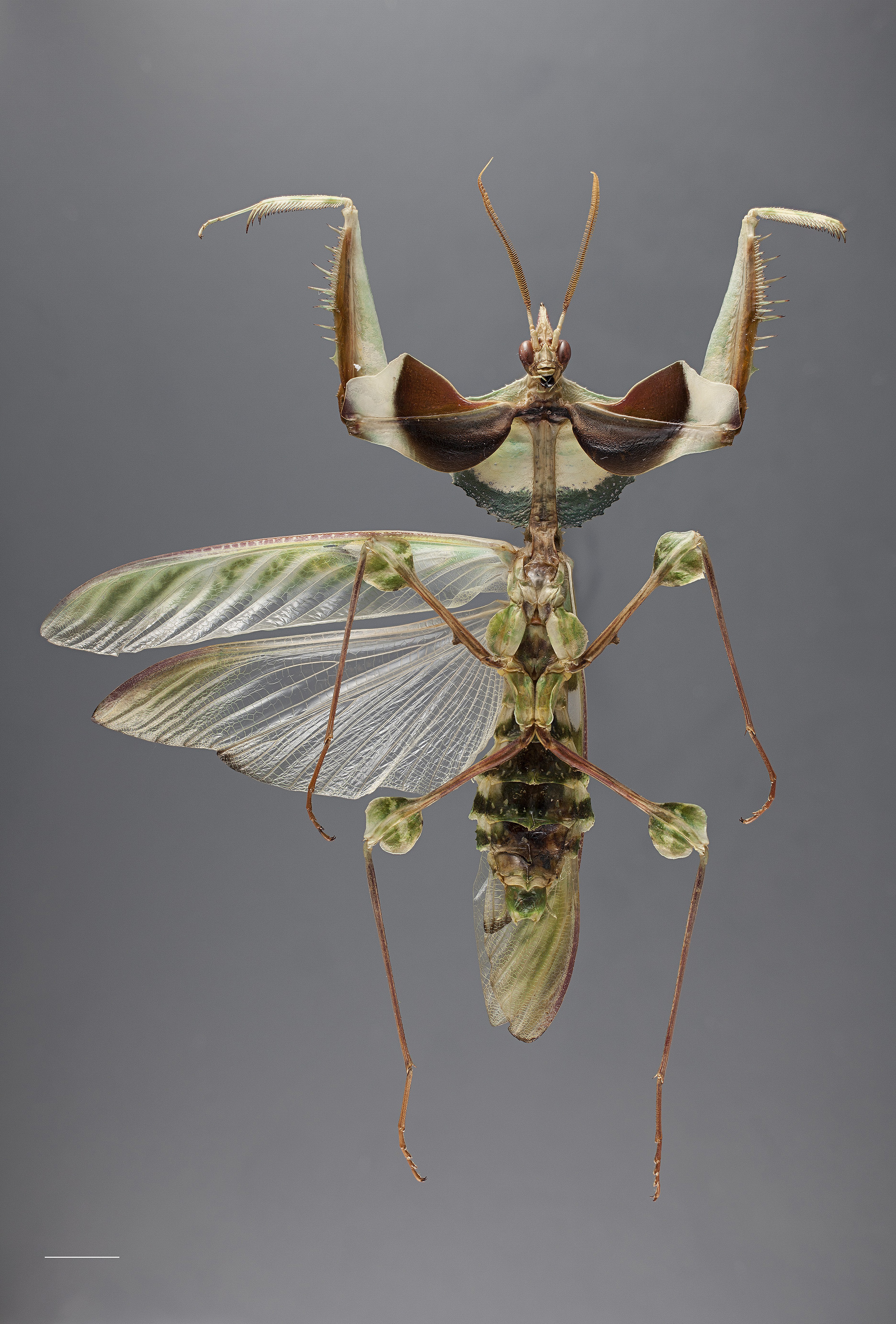MantID mantid specimen image database: Contains over 4000 zoomable, hi-res dorsal and ventral images of over 1/3 of the ~2500 known species of order Mantodea. Includes over 550 type specimens from museum collections all over the world.
Project Mantodea blog archive: Archived web site describing research under NSF-funded Project Mantodea from 2012 – 2017.
